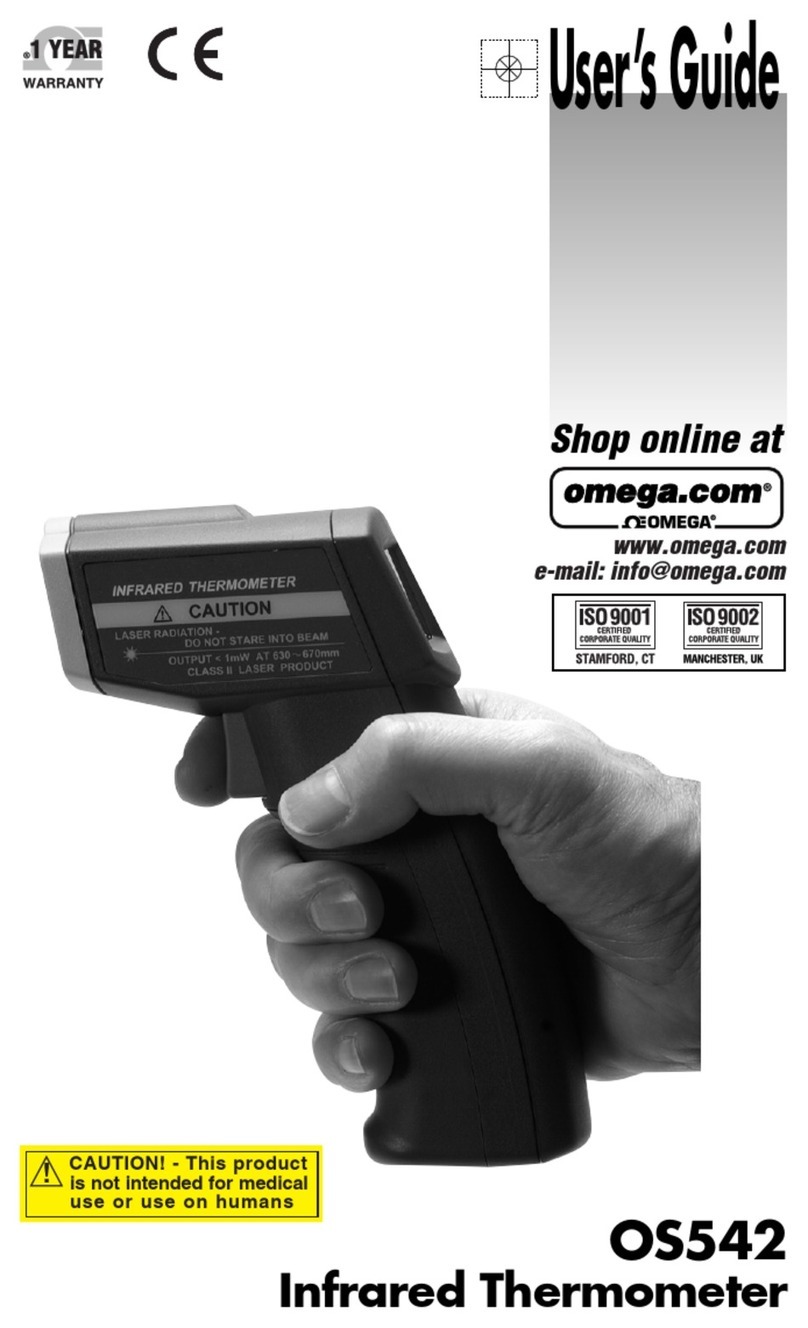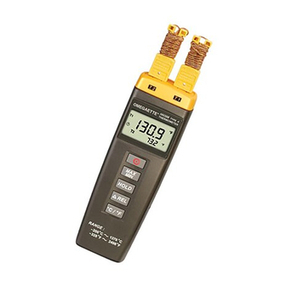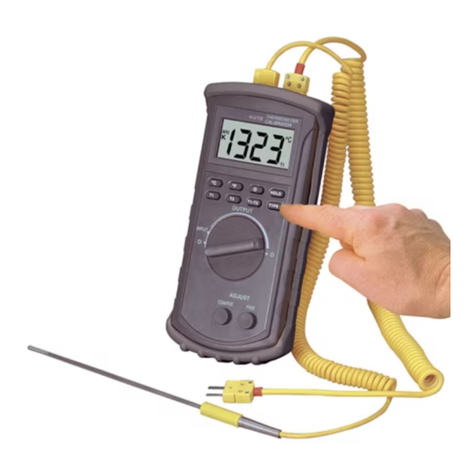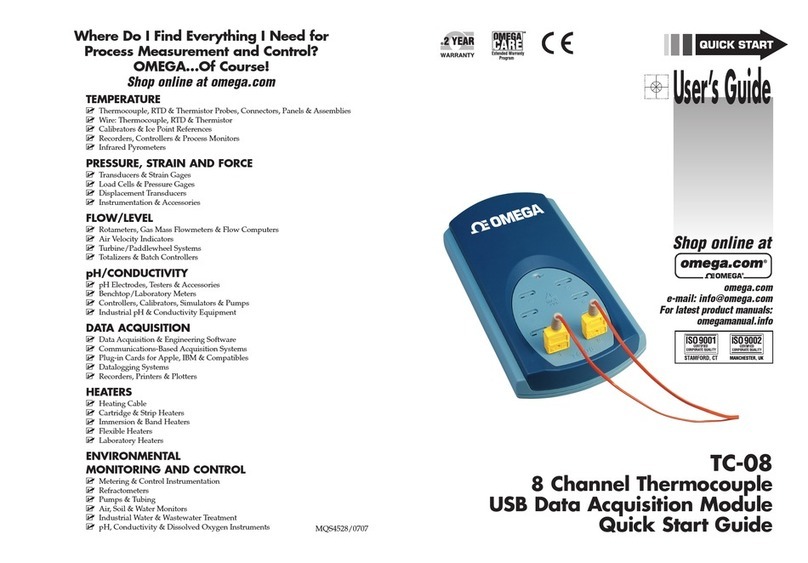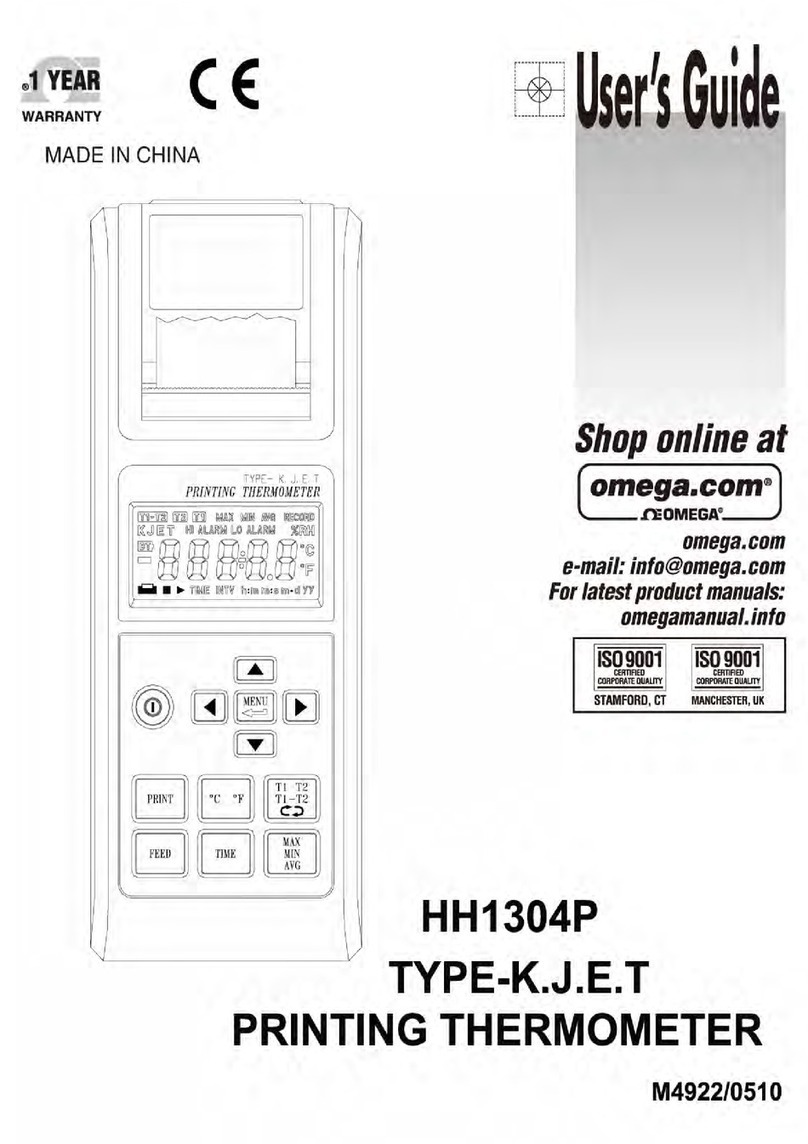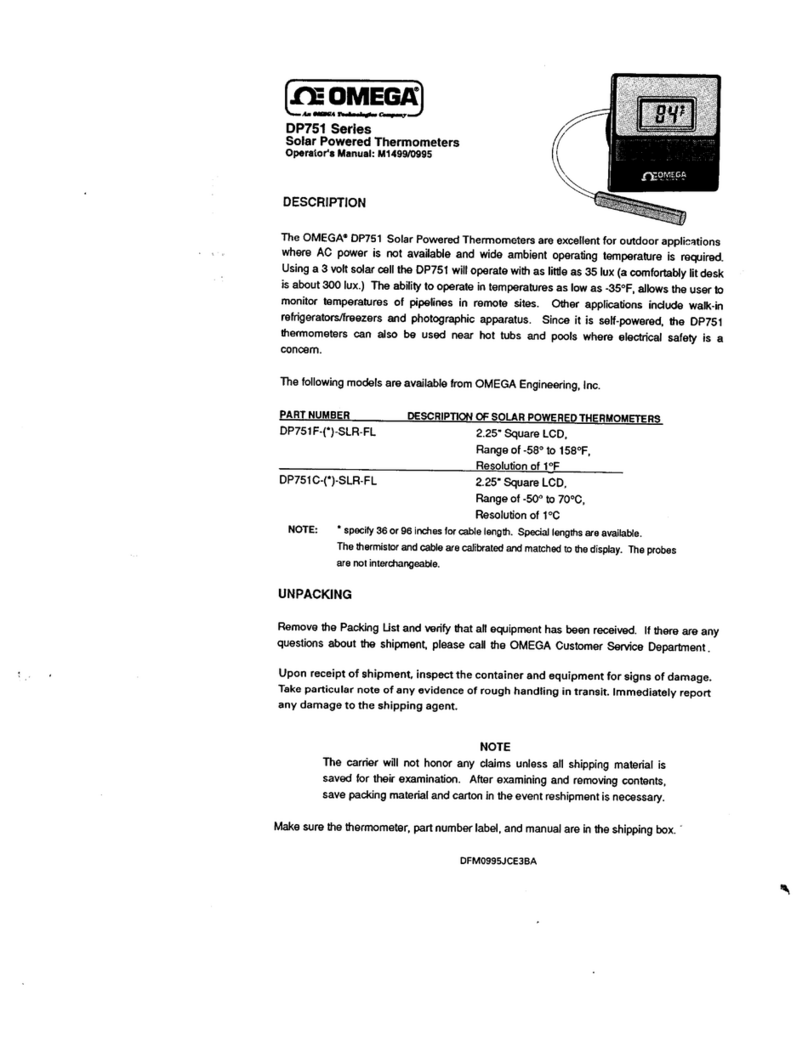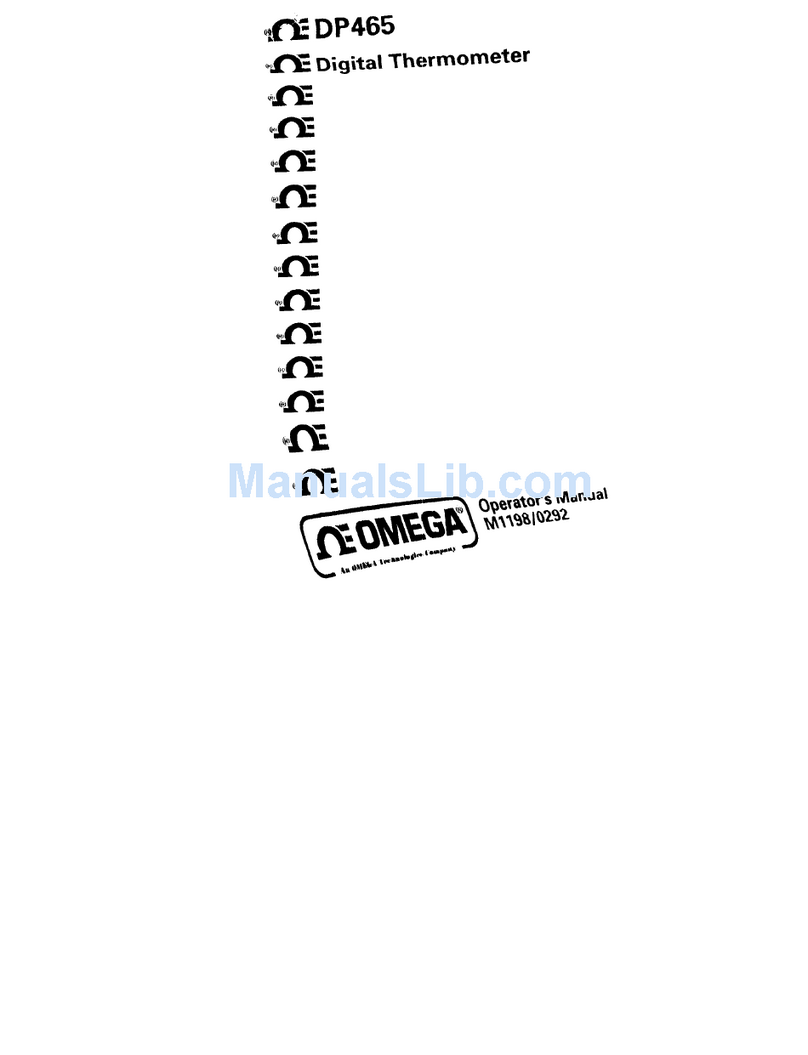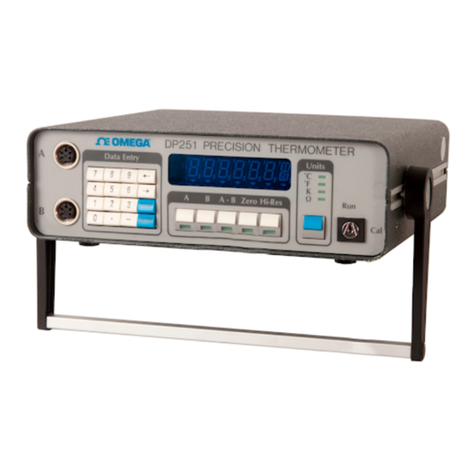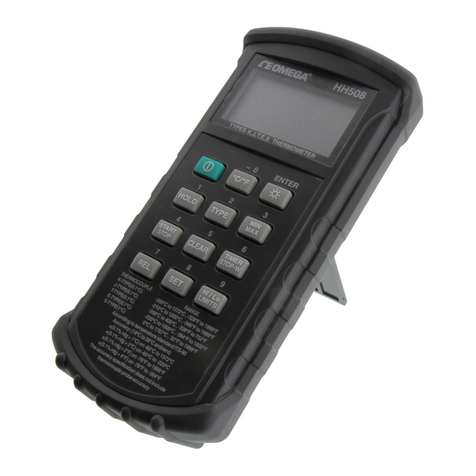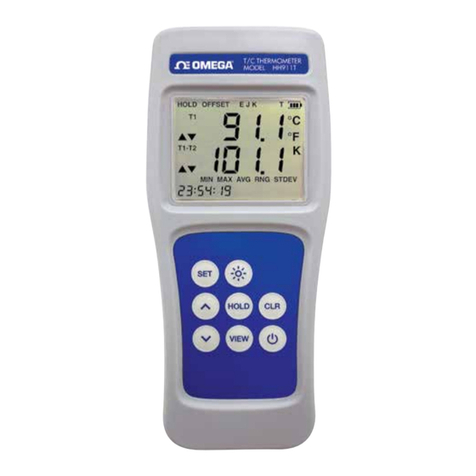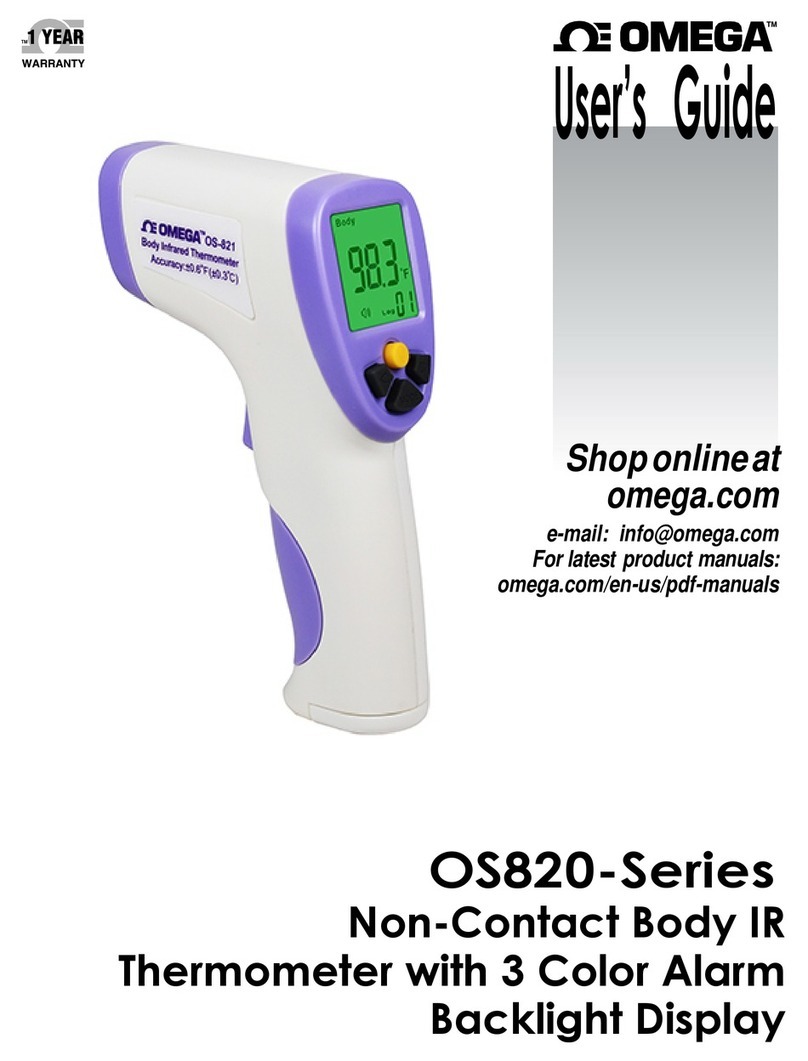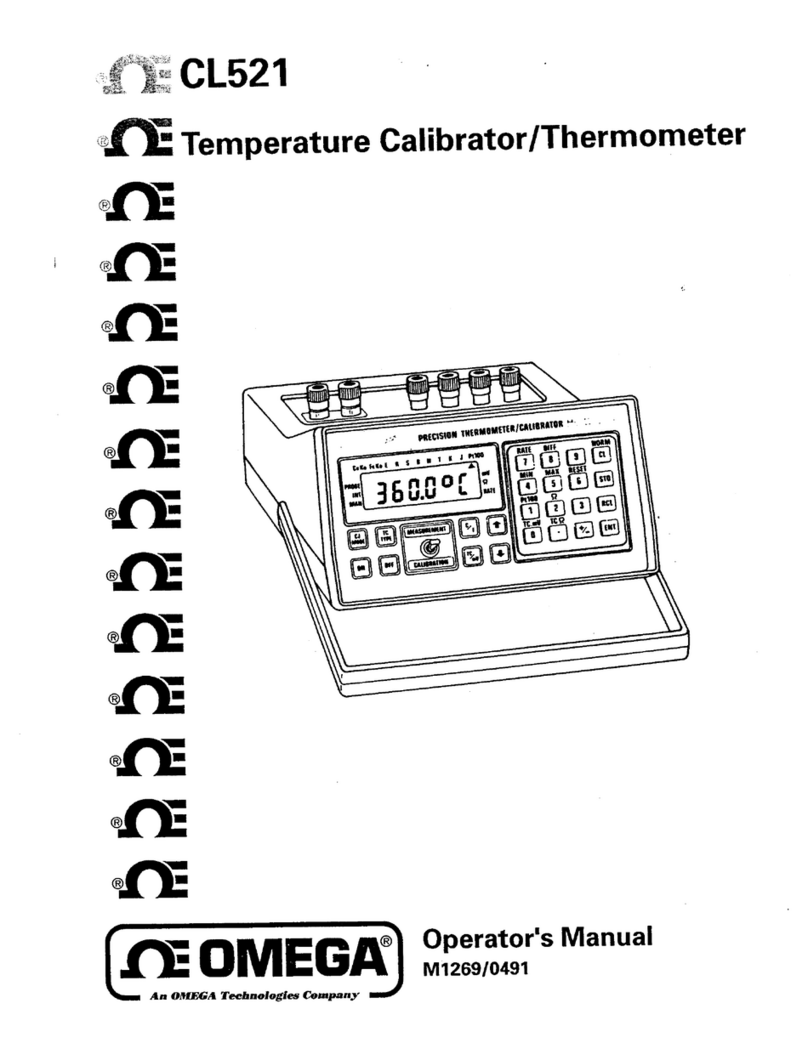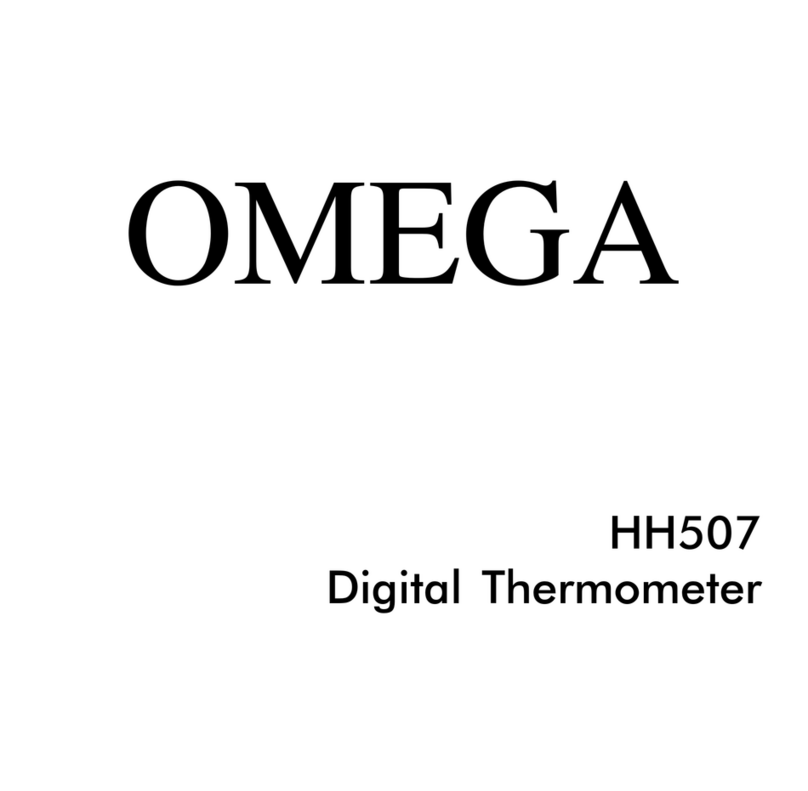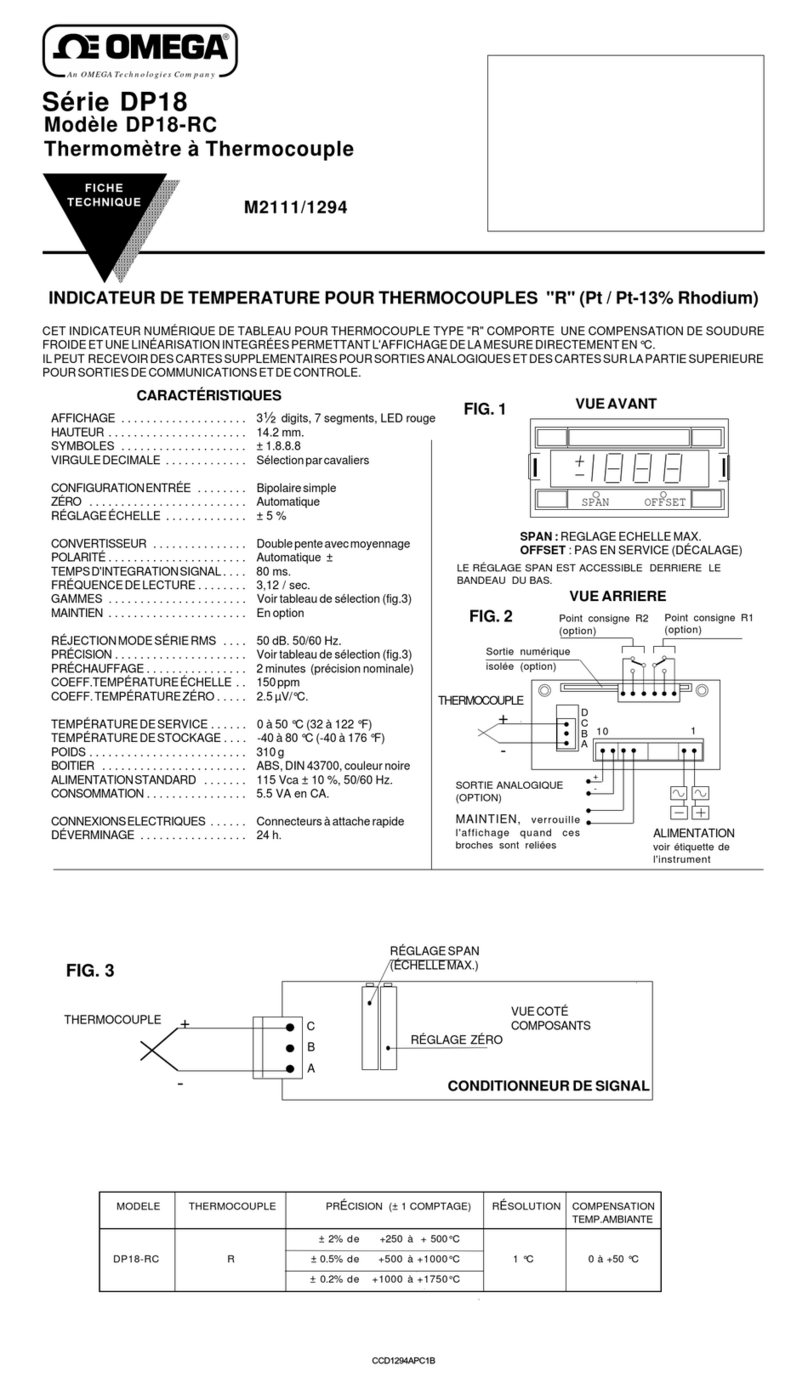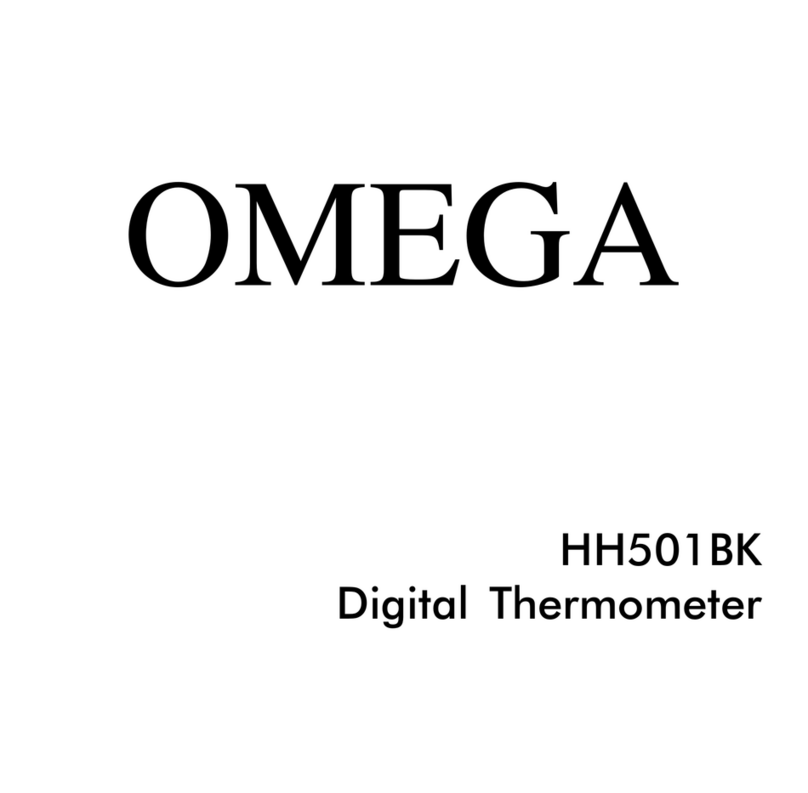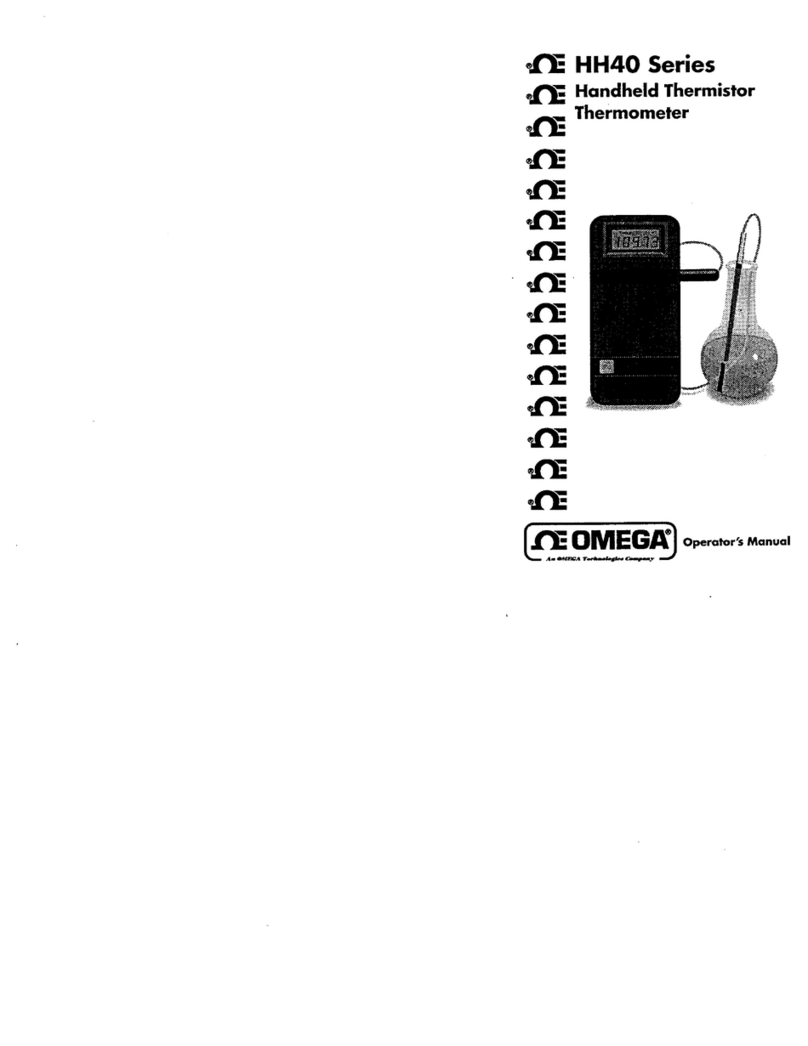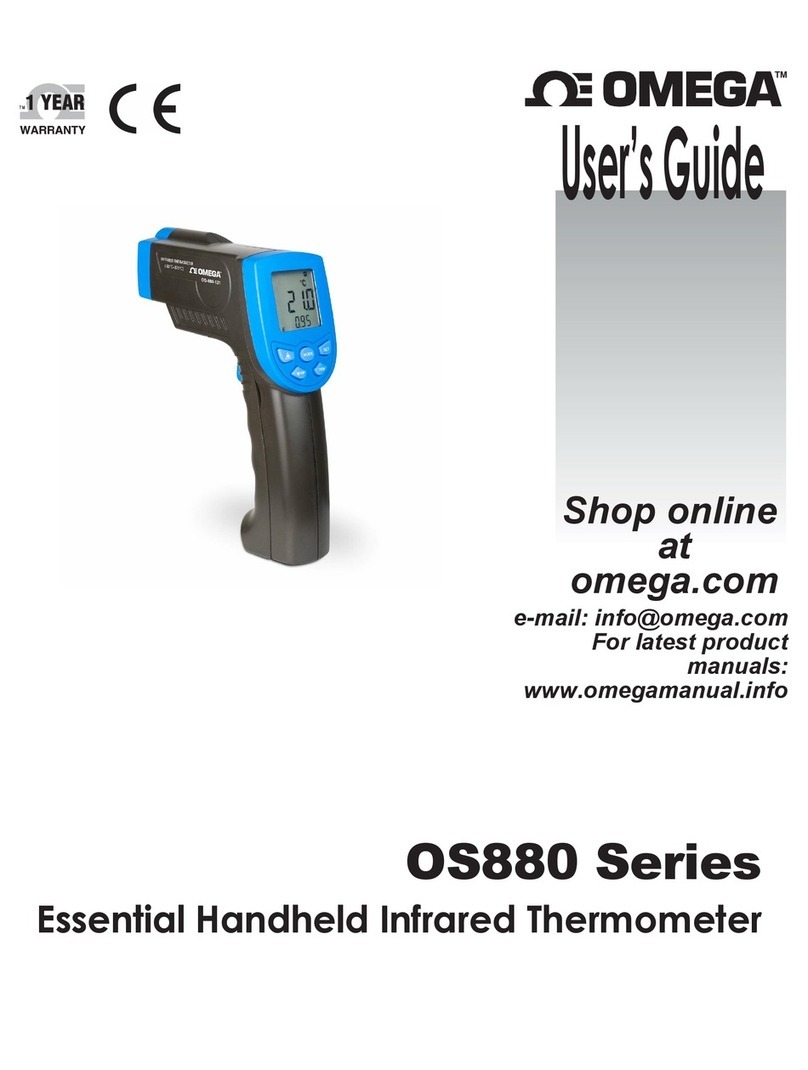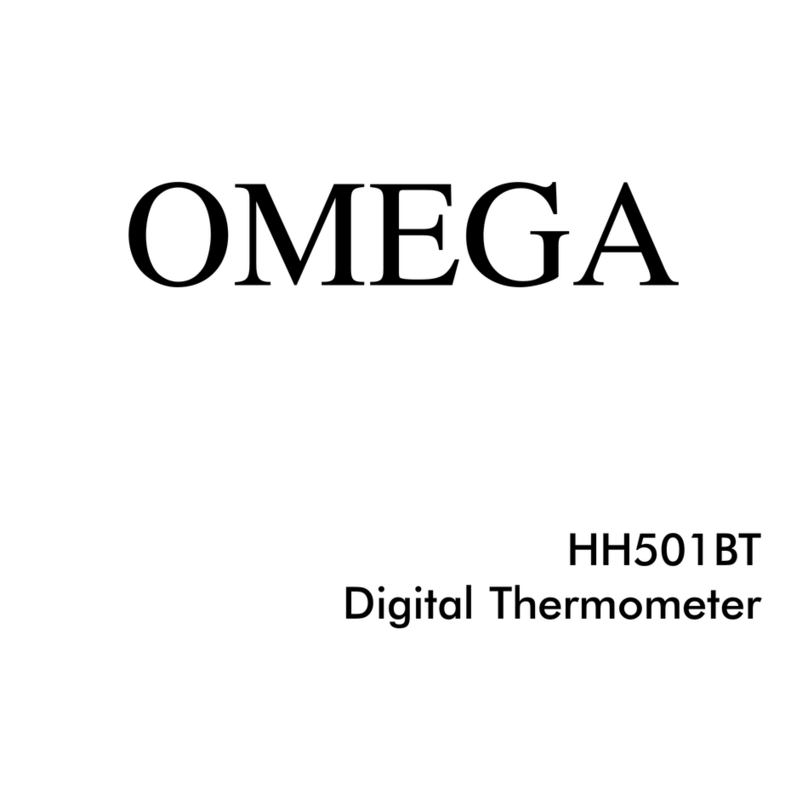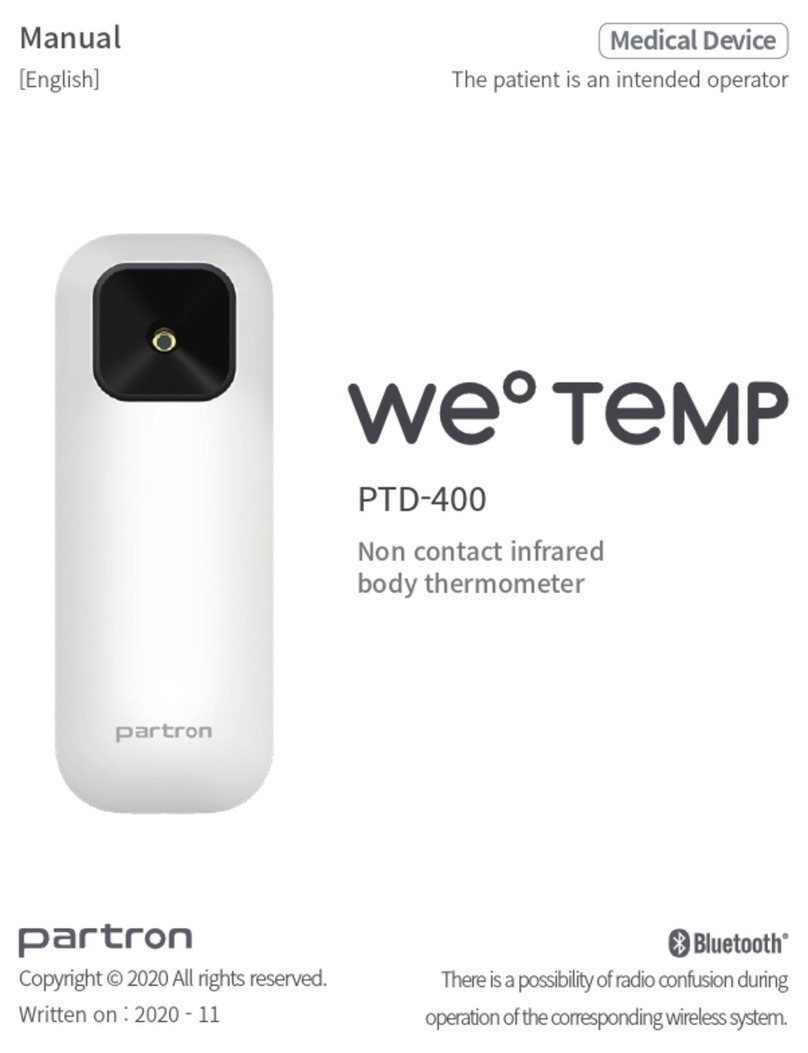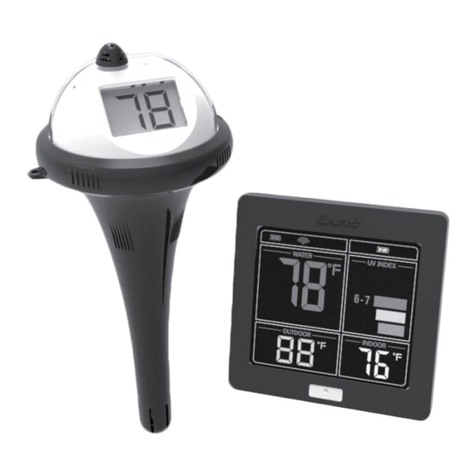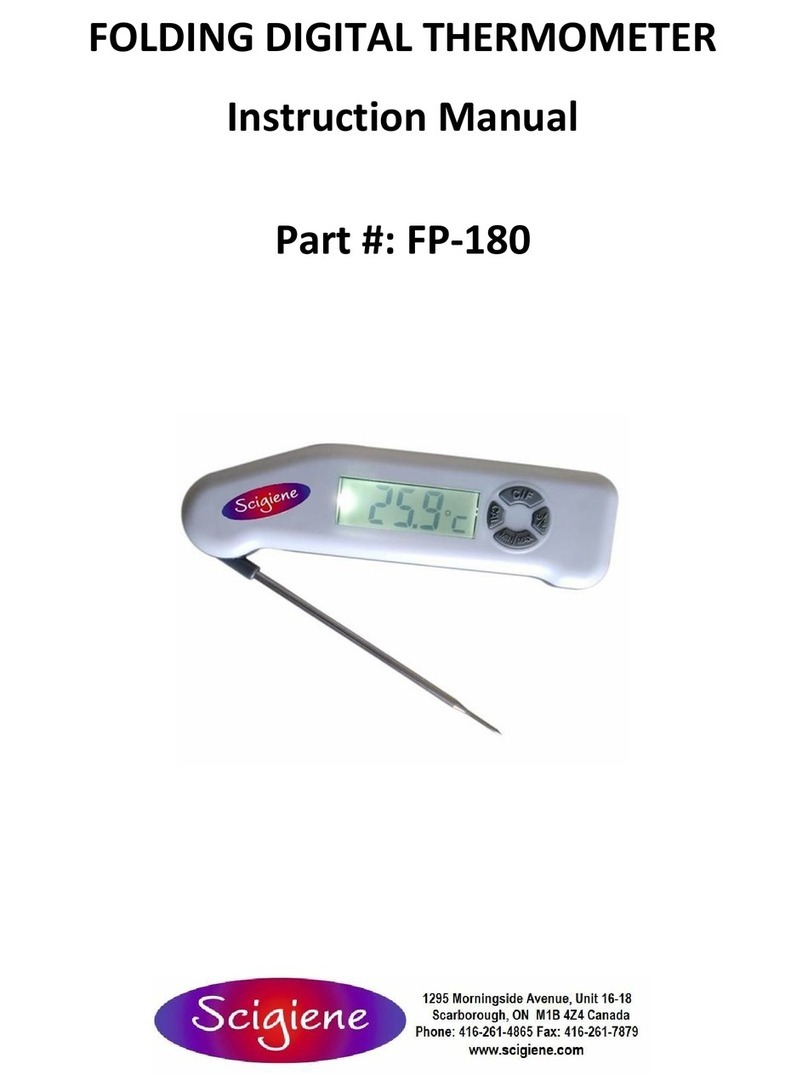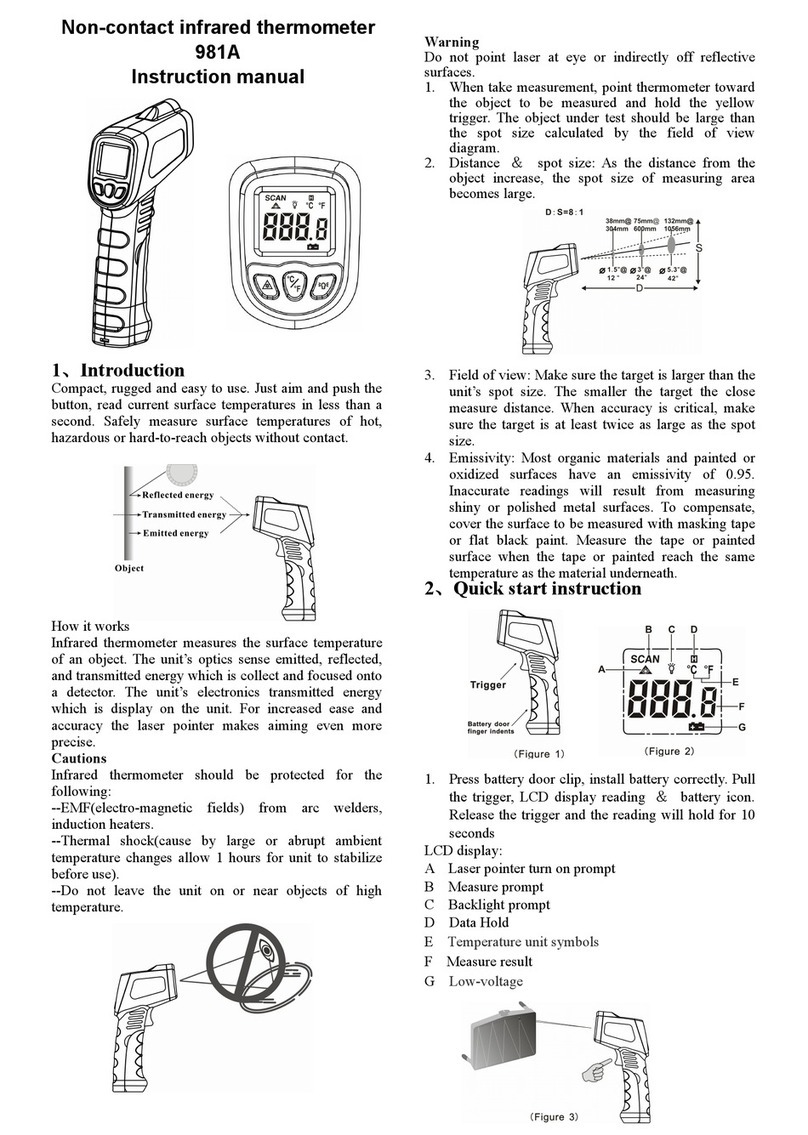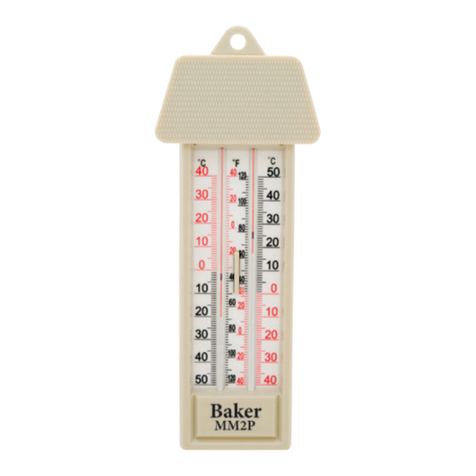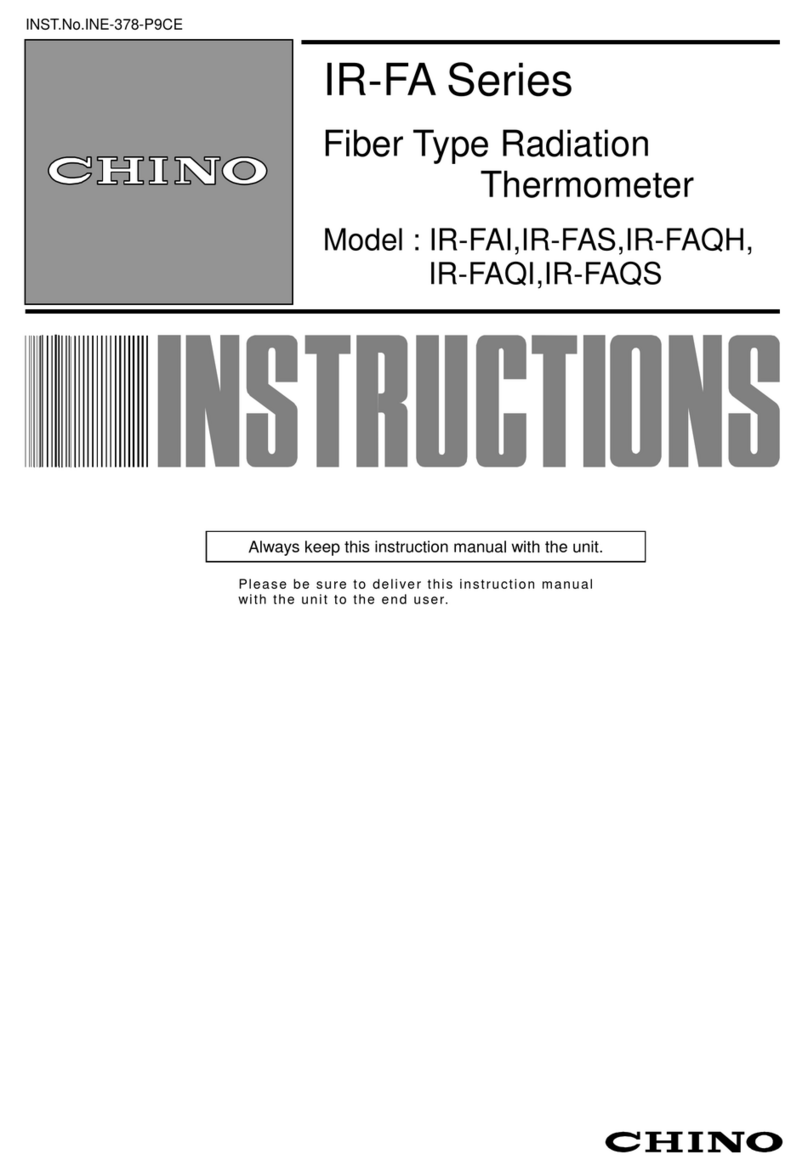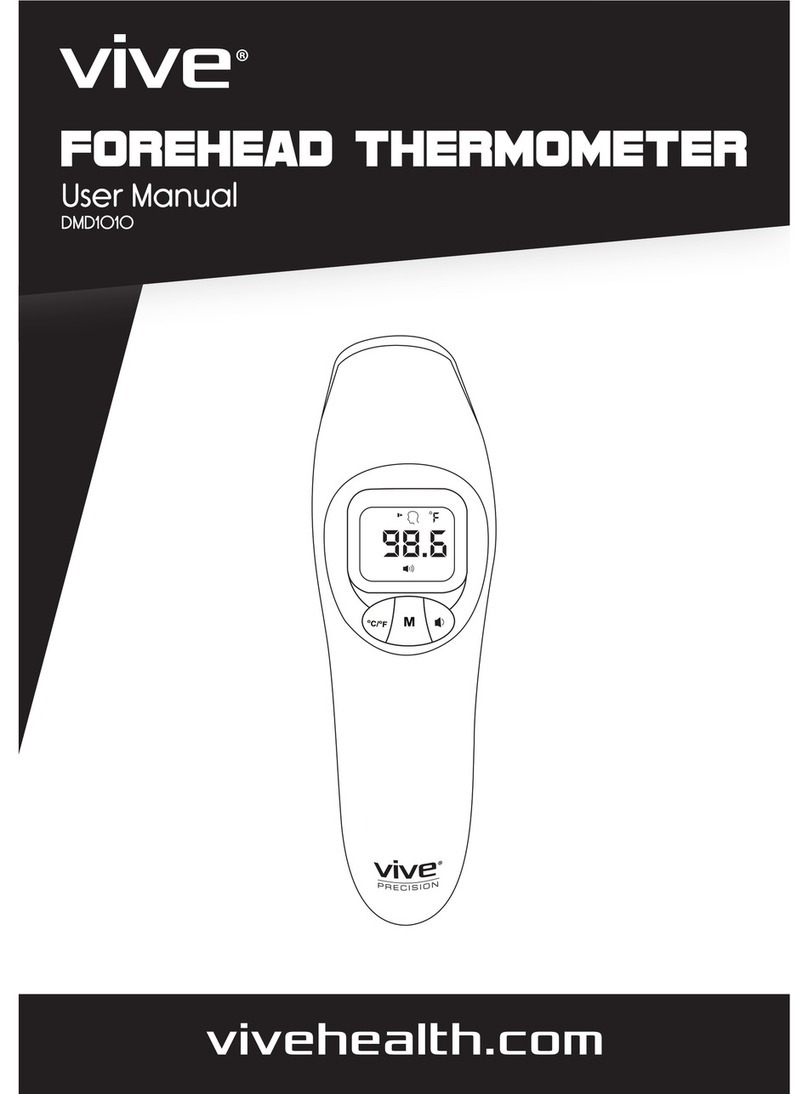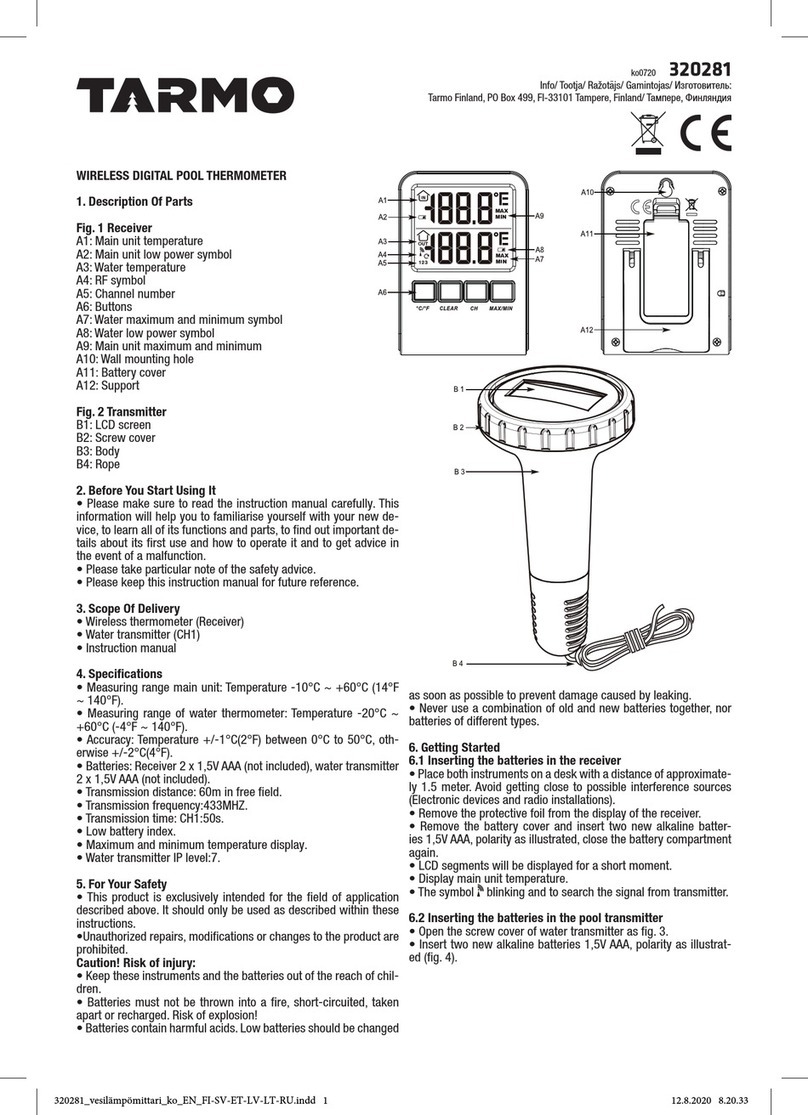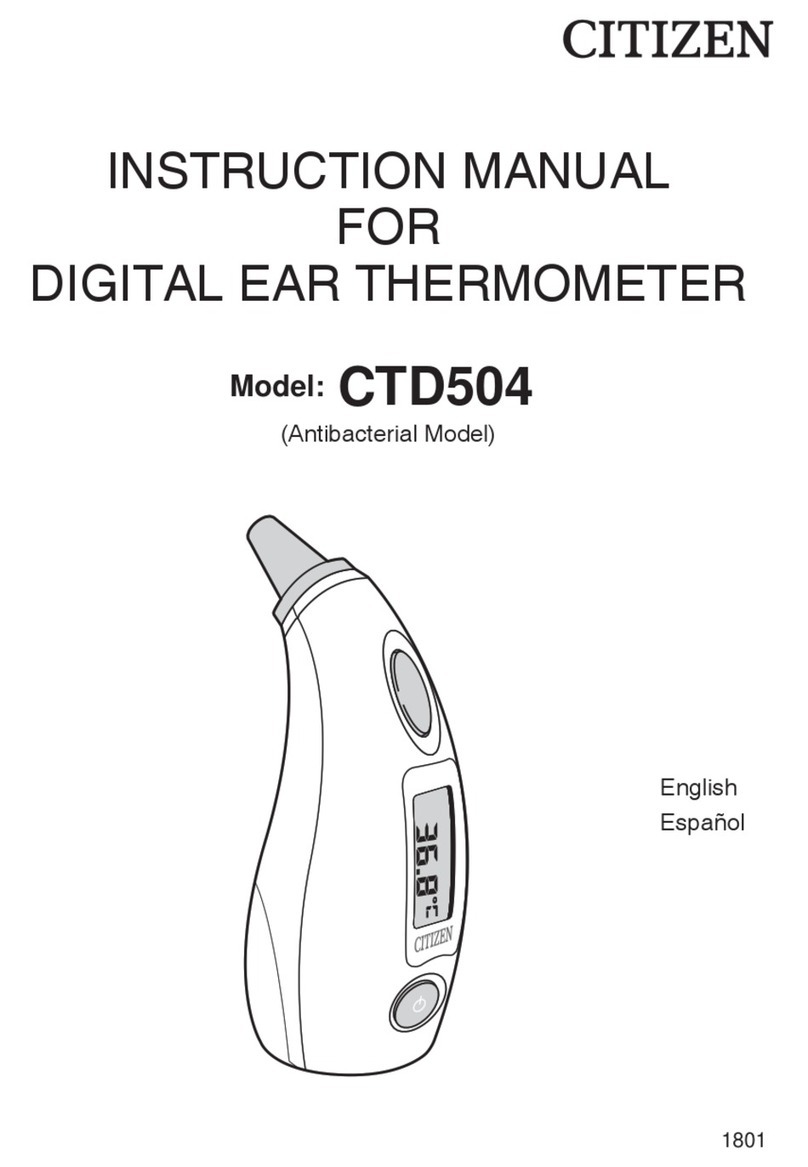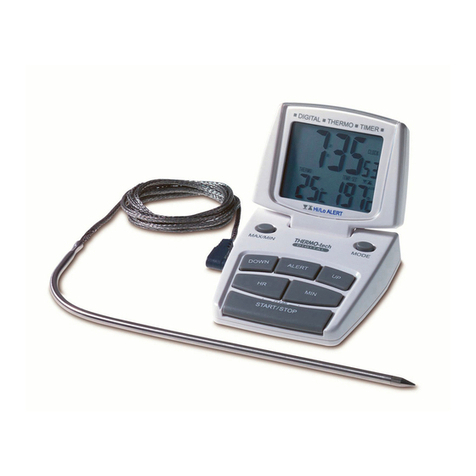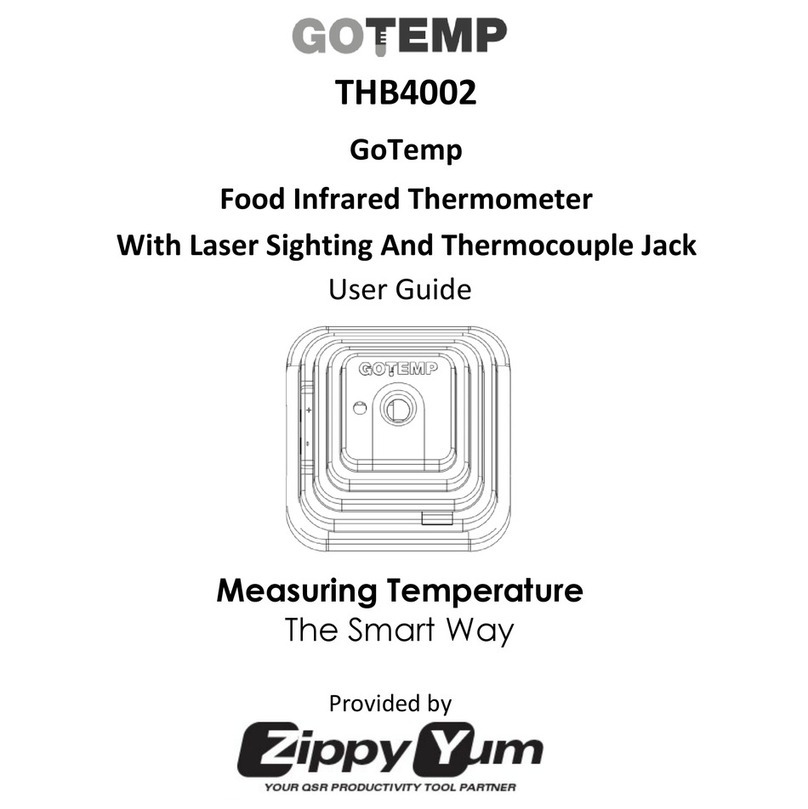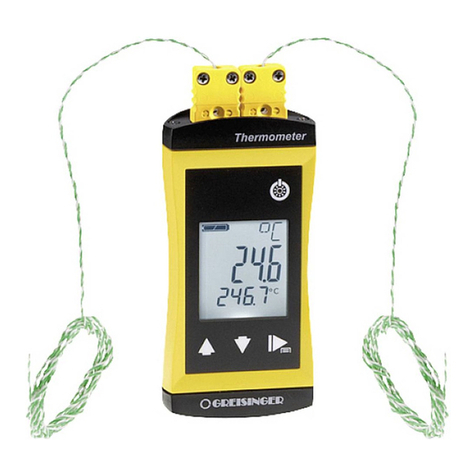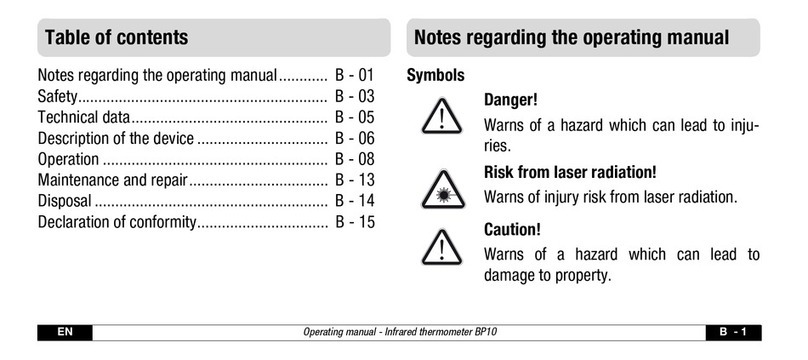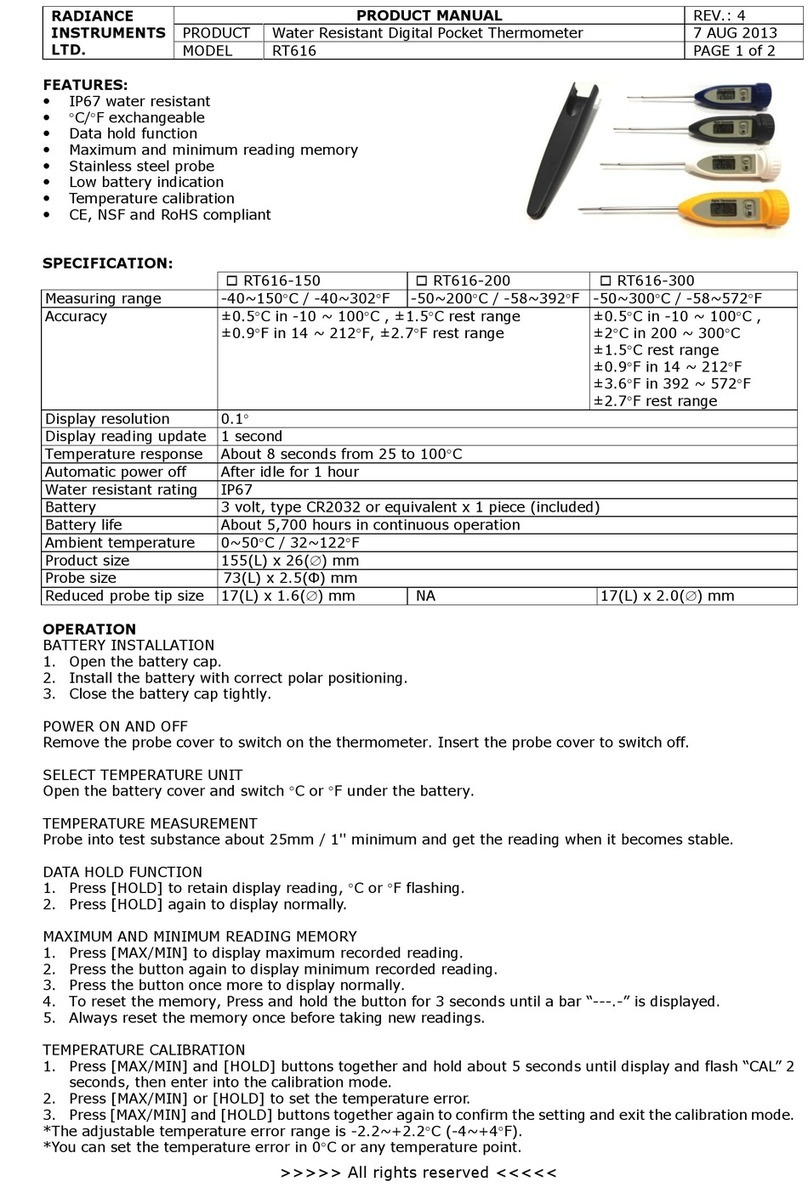2
S CTION 1.2 SAF TY CONSID RATIONS
This evice is marke with the international caution symbol. It is important to
read this manual before installing or commissioning this evice as it contains
important information relating to Safety and MC (Electromagnetic Compatibility).
This instrument is a panel mount evice protecte in accor ance with
EN 61010-1:2001, electrical safety requirements for electrical equipment for
measurement, control an laboratory. Installation of this instrument shoul be
one by qualifie personnel. In or er to ensure safe operation, the following
instructions shoul be followe .
This instrument has no power-on switch. An external switch or circuit-breaker
shall be inclu e in the buil ing installation as a isconnecting evice. It shall be
marke to in icate this function, an it shall be in close proximity to the equipment
within easy reach of the operator. The switch or circuit-breaker shall not interrupt
the Protective Con uctor (Earth wire), an it shall meet the relevant requirements
of IEC 947–1 an IEC 947-3 (International Electrotechnical Commission). The
switch shall not be incorporate in the main supply cor .
Furthermore, to provi e protection against excessive energy being rawn from
the main supply in case of a fault in the equipment, an overcurrent protection
evice shall be installe .
• Do not excee voltage rating on the label locate on the top of the instrument
housing.
• Always isconnect power before changing signal an power connections.
• Do not use this instrument on a work bench without its case for safety
reasons.
• Do not operate this instrument in flammable or explosive atmospheres.
• Do not expose this instrument to rain or moisture.
• Unit mounting shoul allow for a equate ventilation to ensure instrument oes
not excee operating temperature rating.
• Use electrical wires with a equate size to han le mechanical strain an power
requirements. Install without exposing bare wire outsi e the connector to
minimize electrical shock hazar s.
MC Considerations
• Whenever EMC is an issue, always use shiel e cables.
• Never run signal an power wires in the same con uit.
• Use signal wire connections with twiste -pair cables.
• Install Ferrite Bea (s) on signal wires close to the instrument if EMC problems
persist.
Failure to follow all instructions and warnings may result in injury!
